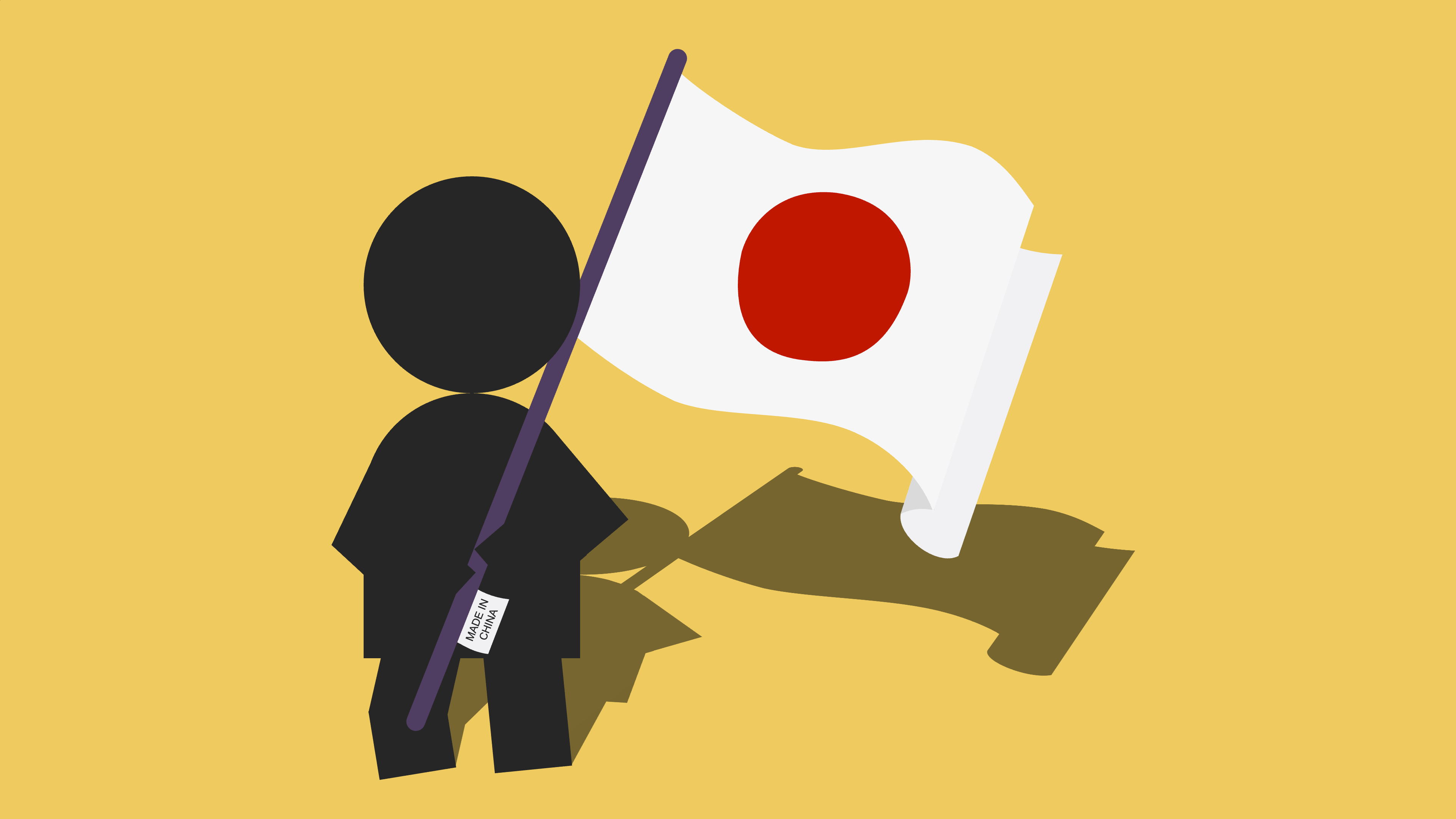Five things that are (not) made in Japan

I wrote about five “Chinese” things that weren’t invented in China a few weeks ago. Today I’m going to do the same, but this time it’s five things that are often attributed to its more popular neighbour, Japan.
In my previous post, three out of five inventions were related to food. I could do the same thing here, as many things that you associate with Japan (chopsticks, noodles, mochi, soy sauce and ) actually have Chinese roots. I could also write about “authentic” Japanese restaurants, which employ cooks from other East-Asian countries. But I won’t, because I don’t want to write more articles about Chinese food.
There is one type of Japanese food that I do find worth mentioning though: tempura. Tempura is a dish with seafood, meat, and vegetables that have been battered and deep-fried. If you live outside of Japan, you’re probably familiar with tempura shrimp.
Although “tempura” may sound Japanese, it’s actually a loanword. The dish was introduced in Japan by Portuguese missionaries in the late 16th century. As devout Catholics, the missionaries had to refrain from eating meat on Ember days (quatuor tempora), Fridays and other holy days. Instead they would batter and deep-fry seafood and vegetables: a tasty tradition which the Japanese happily adopted and improved upon.
Most countries simply have a writing system, but Japan has three different writing systems that are used alongside each other:
-
Kanji is the oldest writing system, with logographic characters. Not only do these characters bear a very close resemblance to Chinese, they sometimes even sound Chinese. The similarity between the two writing systems isn’t a coincidence, because .
-
Hiragana is a phonetic writing system that was invented by women in the Japanese imperial courts, who understood that Kanji, being based on Chinese characters, is stupidly complex for unofficial use.
-
Katakana is also a phonetic writing system. This one was invented by (male) buddhist monks who spent much of their time transliterating foreign texts and also felt that Kanji’s Chinese characters are stupidly overcomplicated.
The Shinkansen is widely known as the first bullet train and for good reason: it made high-speed rail accessible to pretty much anyone who could afford a ticket to Japan (and for the Shinkansen itself). The trains were such a huge success that other countries soon followed Japan’s example by creating their own high-speed rail networks, most notably the French with their TGV (Train à Grande Vitesse) and the Germans with their ICE (Intercity Express).
Ironically, most of the technology for the Shinkansen was originally developed by the French, who shared their research on high-speed rail with Japanese engineers during a six-month visit in 1955.
Speaking of trains, let’s talk about trees; more specifically, meticulously maintained miniature trees. Bonsai is the art of growing and such trees. It’s based on the Chinese art of penjing (or penzai), which is still practised to this day. While both arts are about growing tiny trees, their focus differs: whereas bonsai is all about training perfect miniature trees, penjing is often also about .
Speaking of bonsai trees, (at least in western media) the practice of training trees is often depicted along with zen, a philosophy that involves meditation and other woolly spiritual things. Although Zen is often associated with Japan, it’s actually a school of Buddhism that originated in China.


